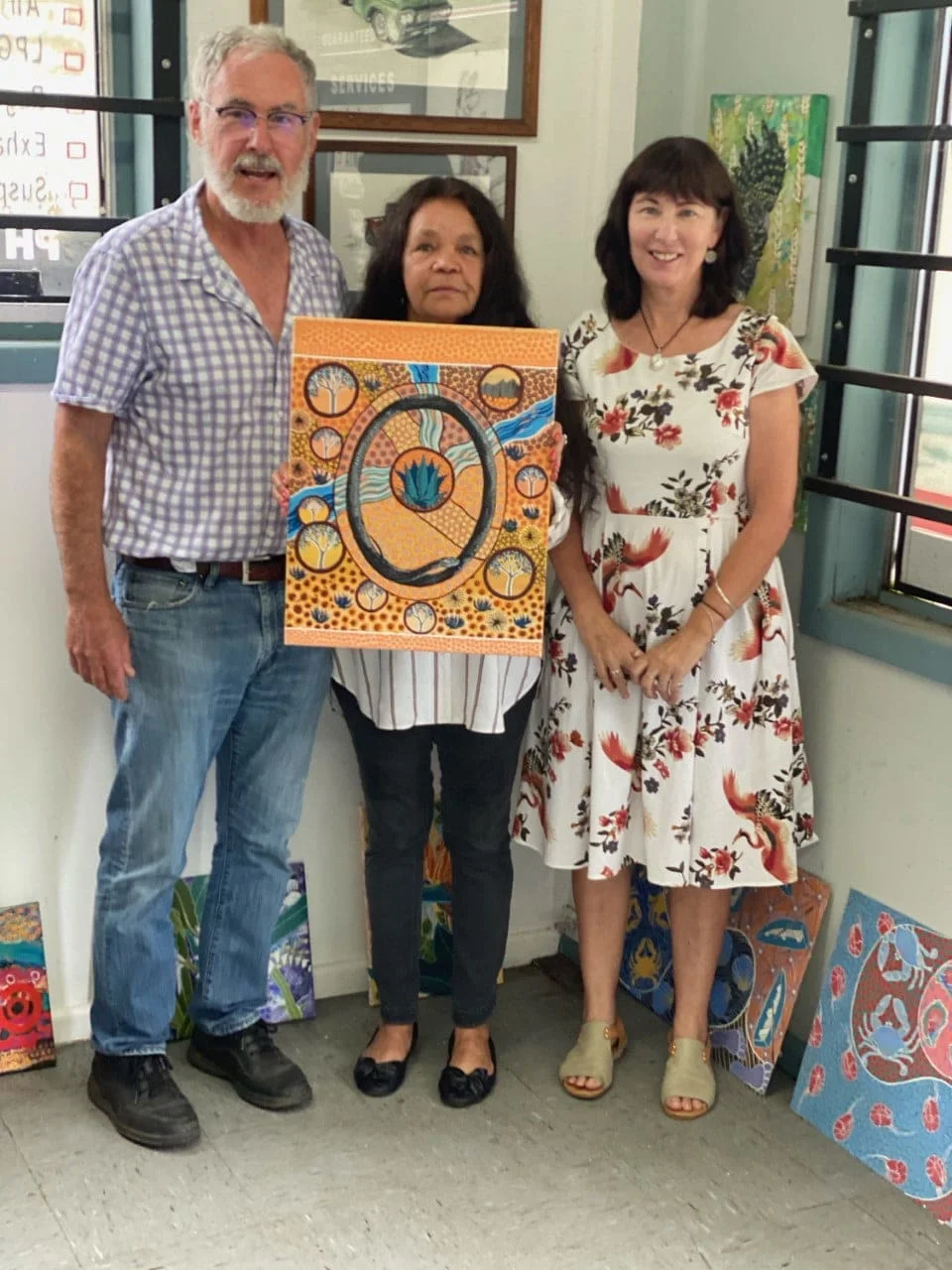The idea was originally hatched following a visit to Mexico by our daughter who was enthused by the spirit and culture of Mexico. We realised we could use the abundant agave Americana growing wild on our farm.
In our early days, 2017, we started harvesting the agave with a crowbar and shovel, roasting in a small earthen oven and fermenting in plastic drums. Distillation was done in a home made still.
Nowadays we have a professionally made copper still, larger stainless steel fermenters and a pit to roast the agave piñas. Harvest is still laborious, but extra tools, and creating easier access to some plants has made it less difficult. We have done all this while running completely off the grid.
Now we produce quality award winning agave spirits known as ASp Joven, ASp Pechuga, ASp Reposado, ASp Anejo and ASp Ensamble . You might have noticed there are many ‘asps’ that’s because it’s our play on ‘Agave Spirit’ and ‘snake’..and our trademark.
We are committed to maximising the sustainability of the process and continuing our journey in creating a unique Australian agave spirit.
We hope you share this journey with us. Salud!
Mavis was born in Goondiwindi and raised on Toomelah Mission. In the early 1990’s Mavis gained a Bachelor of Arts in Visual Arts at Newcastle University and later a Certificate IV in both Workplace Assessment and in Aboriginal Art and Cultural Practices. She went on to teach at TAFE and with Corrective Services for over 11 years.
Mavis says that she wanted to learn more about her own culture and apply that learning to her artwork. She is still experimenting with patterns, colours and other mediums as her style continues to develop.
Mavis is still pursuing her artwork from her home in Kootingal NSW and says, “Art is a passion with endless possibilities.”


The Trees represent the Piliga Forest in the surrounding area and is Culturally Significant to the Kamilaroi peoples.
The dots of various sizes and colours represent the diverse landscapes hence, Rocky Outcrops, Mountain Range and Flat Plains of the area. Mount Kaputar is featured in the top right corner.
The smaller dots in the painting are the Kamilaroi and Newell Highways passing through the town.
The Blue flowing through the painting is the forked waterways of the Namoi River and the Narrabri Creek.
The small yellow circles represent the local flora around the area another important feature to the local peoples. The Blue/Grey smaller plants are the agave.
Abocado is a mezcal somewhat like pechuga in that it is distilled with fruit, usually as a third distillation. Unlike Pechuga there is no meat included. This is normally only for the consumption of the family. Again recipes may be kept within the family.
Añejo has been aged for at least a year.
Bacanora is produced in Sonora from one species of agave.
Copita are ceramic drinking bowls that may have been modelled on the Jicara.
Gusano is the worm or moth larvae that is sometimes added to the drink. Some consider it a gimmick but opinions vary. More often used in a salt between drinks.
Jicara was originally half a gourd that was used as a drinking vessel.
Joven is an unaged spirit that accounts for 95% of worldwide consumption.
Maguey is another name for agave.
Mezcal is an Agave spirit produced in a limited number of states. Mezcal can, technically, be made with any agave, but only about 30 species are commonly used. While the name is protected against use by others the term is often used to describe any agave spirit.
Pechuga is a special Mezcal that is usually triple distilled with fruit and mostly a chicken or turkey breast. It is for special occasions such as weddings, funerals or family gatherings. There are many variations in the recipes with details often not shared.
Piña is the heart of the agave and looks somewhat like a pineapple when trimmed for cooking.
Raicilla comes from the state of Jallisco and four agave species.
Reposado is a spirit that has been rested for between 2 and 12 months.
Tequila is produced from blue agave in a limited number of states. The name is protected.
Veladora were originally candle vases used in churches and have a cross in the bottom.
